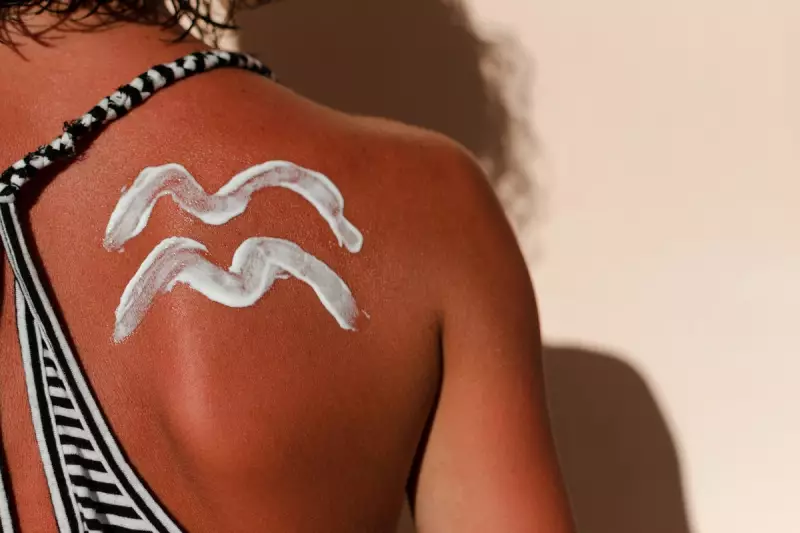
In a groundbreaking development that could transform sun safety, researchers from the University of Bath have created an innovative wearable device that detects dangerous UV exposure before sunburn occurs. This cutting-edge technology promises to revolutionise how we protect ourselves from the sun's harmful rays.
The Science Behind the Breakthrough
The revolutionary device consists of a thin, transparent patch containing a unique photosensitive film that changes colour when exposed to ultraviolet radiation. Unlike traditional methods that only indicate damage after it's happened, this smart sensor provides early warning signals that appear long before skin begins to redden.
Professor Andrew Evans, who led the research team, explained: "Current sunburn indicators essentially tell you when it's too late - when the damage is already done. Our technology provides a crucial window of opportunity to take protective action before irreversible harm occurs."
How the UV Detection Technology Works
The sophisticated sensor operates through a carefully engineered chemical process:
- The patch contains molecules that undergo structural changes when exposed to specific UV wavelengths
- These changes create visible colour shifts that intensify with increasing exposure
- The colour progression serves as a clear, intuitive warning system
- No power source is required - the technology works entirely through chemical reactions
Potential Impact on Skin Cancer Prevention
With skin cancer rates climbing dramatically in recent decades, this innovation arrives at a critical time. The sensor could be particularly valuable for:
- Outdoor workers who face daily sun exposure
- Children, whose skin is more vulnerable to UV damage
- Fair-skinned individuals at higher risk of developing skin cancer
- Sports enthusiasts and regular outdoor exercisers
Dr. Sarah Jenkins, a dermatologist not involved in the research, commented: "This represents a significant step forward in proactive sun protection. Giving people a tangible, visible warning could dramatically reduce unintentional overexposure."
The Road to Commercial Availability
While the technology shows immense promise, the research team acknowledges that further development is needed before the sensors become widely available. Current challenges include ensuring consistent performance across different skin types and environmental conditions.
The University of Bath has partnered with several medical technology companies to accelerate development, with hopes that consumer products could reach the market within the next two to three years.
As climate change intensifies and UV levels become increasingly unpredictable, such innovative approaches to sun safety may soon become essential tools in our ongoing battle against skin cancer.





